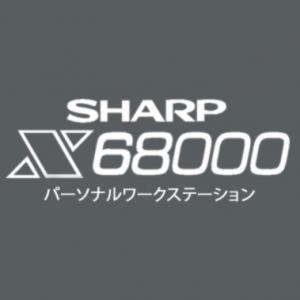
Sharp X68000
Sharp X68000 Specifications
| Manufacturer: | Sharp Corporation |
| Developer: | Sharp Corporation |
| CPU: | Hitachi HD68HC000 10 MHz |
| Memory: | 12 MB |
| Graphics: | VINAS 1 + 2, VSOP, CYNTHIA / Jr, RESERVE |
| Sound: | Yamaha YM2151, OKI MSM6258 |
| Medium: | Floppy |
| Display: | 14" CRT, 256 × 240 to 1024 x 1024, 16 bits |
| Controllers: | 2 |
The X68000 is a home computer created by Sharp Corporation, first released in 1987, sold only in Japan. In terms of hardware, it is very similar to arcade machines of the time, and serves as the Capcom CPS system development machine. It supports separate text RAM, graphic RAM and hardware sprites. Sound is produced internally via Yamaha's then top-of-the-line YM2151 FM synthesizer and a single channel OKI MSM6258V for PCM. Due to this and other similarities, it played host to many arcade game ports in its day. Games made for this system include Parodius Da! -Shinwa kara Owarai e-, Ghouls 'n Ghosts, Strider, Final Fight, Alien Syndrome, Street Fighter II Dash, Akumajo Dracula (Castlevania in other regions, the X68000 version was ported to the PlayStation as Castlevania Chronicles), Cho Ren Sha 68k (which has a Windows port) and many others. Many games also supported the Roland SC-55 and MT-32 MIDI modules for sound as well as mixed-mode internal/external output.
The initial model has a 10 MHz Motorola 68000 CPU, 1 MB of RAM, and lacks a hard drive. The final model was released in 1993 with a 25 MHz Motorola 68030 CPU, 4 MB of RAM, and optional 80 MB SCSI hard drive. RAM in these systems is expandable to 12 MB, though most games and applications do not require more than 2 MB.
The X68000 has graphics hardware similar to arcade video games of the late-1980s, with custom coprocessors supporting scrolling, tiled backgrounds, and large numbers of sprites. There are multiple sound chips supporting 8 channels of FM synthesis; 2 channels of stereo, digital audio output; and one channel of adaptive differential pulse-code modulation audio. As such, video gaming was a major use of the X68000.
The X68k runs an operating system called Human68k which was developed for Sharp by Hudson Soft. An MS-DOS-workalike, Human68k features English-based commands very similar to those in MS-DOS; executable files have the extension .X. Versions of the OS prior to 2.0 have command line output only for common utilities like "format" and "switch", while later versions included forms-based versions of these utilities. At least three major versions of the OS were released, with several updates in between.
Early models have a GUI called "VS" or "Visual Shell"; later ones were originally packaged with SX-WINDOW. A third GUI called Ko-Window exists with an interface similar to Motif. These GUI shells can be booted from floppy disk or the system's hard drive. Most games also boot and run from floppy disk; some are hard disk installable and others require hard disk installation.
Since the system's release, software such as Human68k itself, console, SX-Window C compiler suites, and BIOS ROMs have been released as public domain software and are freely available for download. Other operating systems available include OS-9 and NetBSD for X68030.
Latest on Sharp X68000
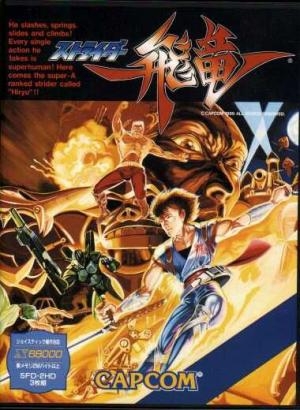
Strider Hiryu
Strider Hiryû (ストライダー飛竜) for the Sharp X68000 is a port of the original coin-op game onto the aforementioned system, a Japan-exclusive home computer w...
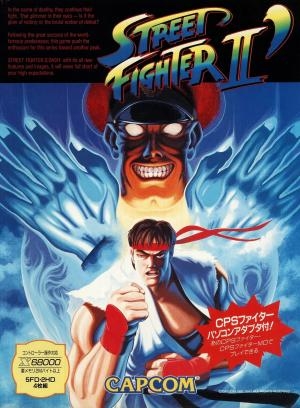
Street Fighter II DASH
In the name of destiny, they continue their fight. That glimmer in their eyes - is it the glow of victory or the brutal ember of defeat? Following ...
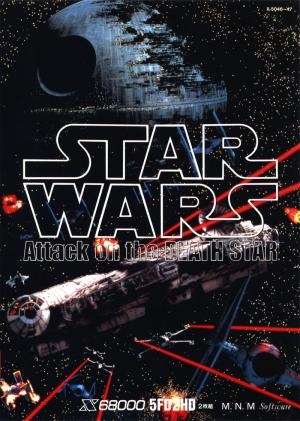
Star Wars: Attack on the Death Star
Star Wars: Attack on the Death Star recreates the final battle from "Star Wars", putting the player at the controls of an X-Wing starfighter in full 3...
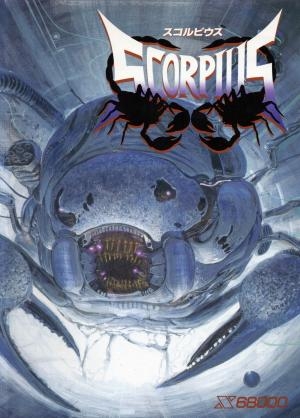
Scorpius
Scorpius is a horizontally scrolling shoot-em-up in which the player can choose to control one of the three available spaceships on their way through ...
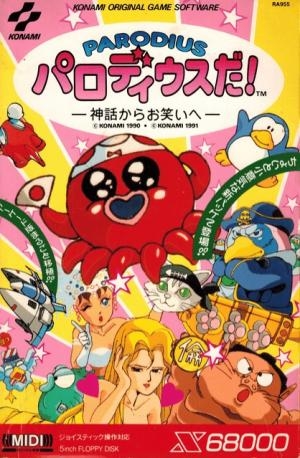
Parodius Da!
One day, our octopus friend gets into a fight to the death with his old rival, the bug. Our octopus wins and people start to call him Mr. Parodius. On...
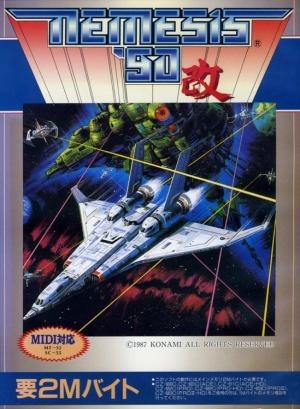
Nemesis '90 Kai
This is the official updated of the MSX game of Gradius II unlike 'Nemesis 94 Gradius 2' MSX which was a fan based hack. This game has some very good ...
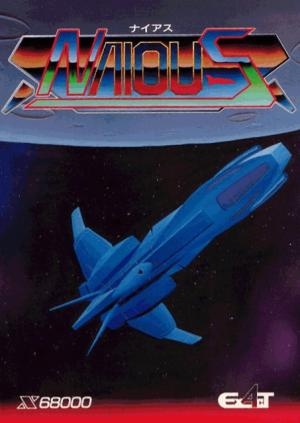
Naious
Set in a futuristic sci-fi 2143 setting, the players assume the role of fighter pilot Manami Katagiri taking control of the ASP space fighter craft in...
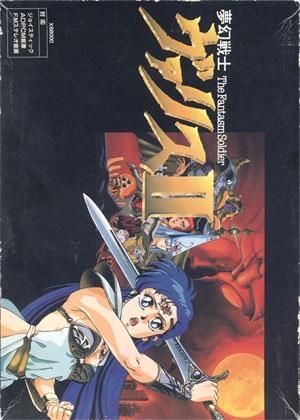
Mugen Senshi Valis II
Rogles, the tyrant who wanted to gain control over the three worlds in the universe, was defeated by Yuko, an ordinary Japanese teenager who was chose...
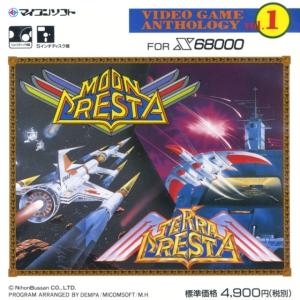
Moon Cresta / Terra Cresta
Compilation release of the two "Cresta" games, bundled together for the X68000.

Mad Stalker: Full Metal Forth
Mad Stalker: Full Metal Forth (マッドストーカー フルメタルフォース) is a 1994 Japanese beat 'em up video game originally produced by Fill-in-Cafe and published and